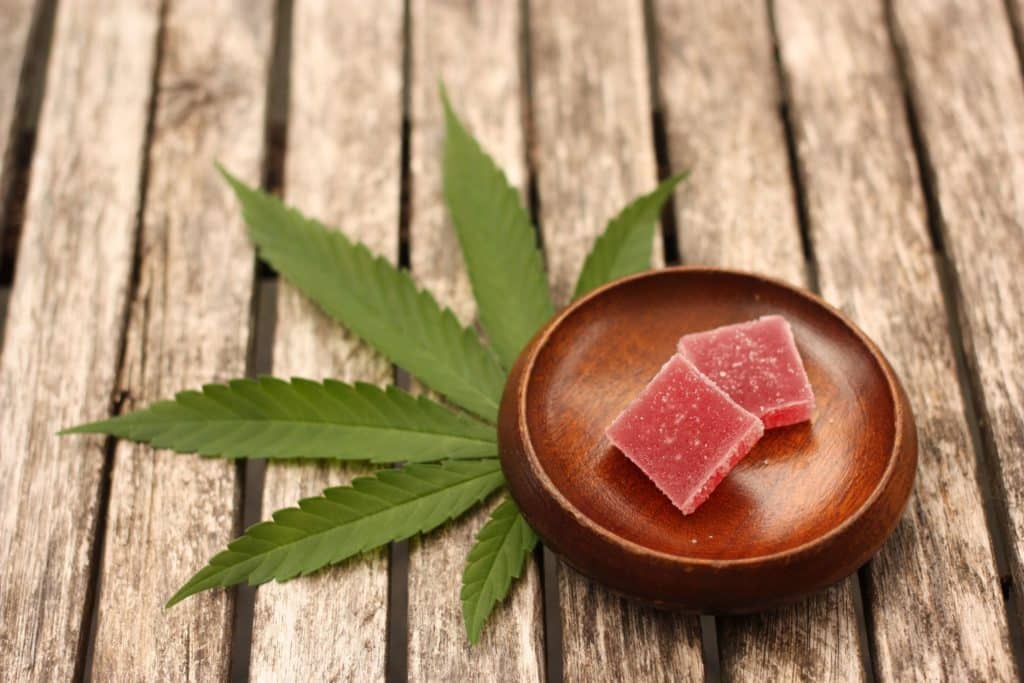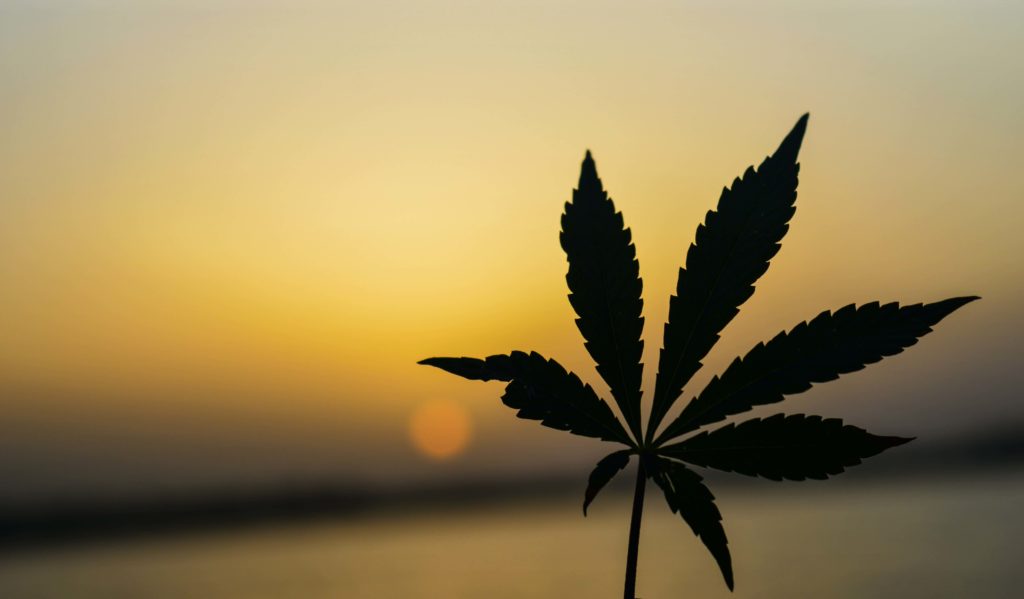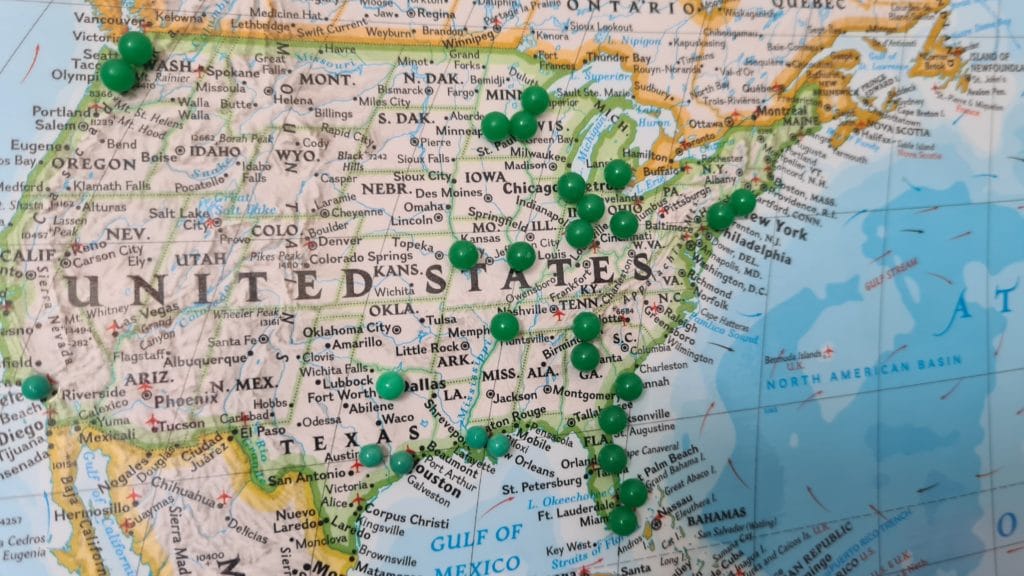Patients attending their first medical marijuana store will undoubtedly be struck by the variety of items on offer. It takes time to just grasp the differences between popular flower kinds, but once their advantages are understood, the trip is gratifying. The same is true for people with specific requirements who may benefit greatly from foods loaded with marijuana. This article will explain how cannabis edibles function and provide advice on how to use them correctly and safely.
How do edibles work?
Food items, including drinks that include cannabis, are simply categorized as edibles. In addition to baked products, gummies, tea, chocolate, oils, and sweets, edibles may take many other forms. People may buy ready-made edibles or manufacture their own by mixing cannabis-infused oil, butter, or tinctures into various meals. Additionally, eating edibles is considered a safer way of ingestion (than inhaling) and a more covert one.
It’s also crucial to understand that taking edibles and consuming raw cannabis is very different. Eating natural cannabis won’t have the same effects as taking edibles, even if “edibles” refers to foods or drinks that include cannabis. This is because, for the cannabinoids tetrahydrocannabinol (THC) and cannabidiol (CBD) to become active, cannabis must be decarboxylated (exposed to heat). (Cannabinoids are chemical elements that exist naturally in the cannabis plant.) According to Healthline, eating raw cannabis will not get you high, but it may have some health advantages. However, since they are heated, which activates the chemicals, edibles have a psychedelic impact.
Tetrahydrocannabinolic acid (THCA) and Cannabidiolic acid (CBDA), which, when activated, transform into THC and CBD, respectively, are present in raw cannabis or the plant itself. It should be emphasized that there is currently little study on consuming natural flowers, raising many questions. Studies and research on edibles are getting more and more popular.
It is strongly advised that you buy edibles from reliable sources, like licensed dispensaries, if you don’t want to manufacture them yourself. Otherwise, the recipes for some delectable and simple to prepare foods are below.
What distinguishes marijuana smoking from eating edibles?
Cannabis may get you high whether you consume it or smoke it. Either may bring on the unpleasant side effects of marijuana usage. The main distinctions between the two consuming strategies are the length of the high and the rate at which it begins to wear off. Cannabis may be smoked or vaped to produce effects that start appearing within minutes and last for two to three hours on average. THC from an edible travels through the liver and stomach before entering the circulation. This indicates that it may take up to an hour and a half to feel the psychoactive effects. According to one research, participants reached their maximal “high” three hours after ingesting the substance.
How do they function?
Unlike cannabis which is smoked, cannabinoids found in edible goods may reach circulation via digestion in the gastrointestinal system. Despite being considerably slower than inhalation, this procedure has incredibly potent results. Patients are advised to use care to prevent overmedicating since the effects of eating edibles might vary significantly from those of smoking or vaping cannabis.
Tips for Eating Edibles Correct Dosage: One dosage of 10 mg is often suggested as a starting point. If you’re not familiar with edible things, this is the maximum you should consider investing. Many edible goods include more than one dosage, so pay attention to the strength mentioned on the label.
Be patient: Edible products often take at least 30 to 60 minutes to work. Before deciding whether to drink more, ensure that you have given the product enough time to digest and start working. Additional ingestion within that window might easily result in overmedication since you won’t likely get the full impact for at least an hour.
Tolerance: Patients used to smoking or vaping cannabis may not necessarily develop a high tolerance to edibles. Just because you often use other products doesn’t mean you’ll need a considerable amount.
Effects: Edible cannabis products have different metabolism and impact than cannabis that is smoked. Benefits like increased hunger, mood improvement, and pain alleviation are still likely to happen, but the physical experience can change somewhat from what you’re used to. Do not intend to drive or engage in other activities where intoxication might endanger your safety. An edible dosage often has an extended impact that lasts for many hours. Patients looking for long-term symptom alleviation may find this helpful, but if you haven’t planned and prepared for the experience, it may be uncomfortable.
Different methods of eating edibles
Edibles may be consumed in a broad range of increasingly diverse ways, including
- baked goods like cookies and brownies,
- candy like gummies and lollipops,
- chocolates,
- savory foods like pizza and spaghetti, and
- beverages like milk and energy drinks.
Calculating doses correctly
Making edibles may be a creative and enjoyable experience. However, care should be taken to calculate the quantities of cannabis correctly to guarantee the compounds are delivered safely and to prevent any adverse effects. Particularly given that edibles are more solid and enduring than other types of intake since the digestive system converts THC into 11-hydroxy-THC. Although estimating the amount of the ingredient is a good idea for your safety and pleasure, calculating the doses of DIY edibles is not an exact science.
The estimated THC content of the flower used in your recipe is the first thing you need to know when calculating edible doses. The percentage will often be printed on the package if you bought the cannabis from a dispensary. If not, you may use a 15 percent average as a general guideline. Each gram of flower has a maximum of 150 mg of THC since one gram weighs 1000 milligrams (if the flower is 15 percent ). Multiply the intended individual dosage by the number of completed treats to get the total quantity of THC you’ll need. For instance, 100 mg of THC would be required to make a pan of 10 brownies, each containing 10 mg.
The bottom line
When used carefully and under control, edibles are a fantastic alternative for medical and recreational cannabis consumption. Try to sleep, eat some pine nuts, take isolated CBD, or eat some lemon peel if one winds up overindulging and having adverse side effects. Just keep in mind that each person will likely experience cannabis differently.


